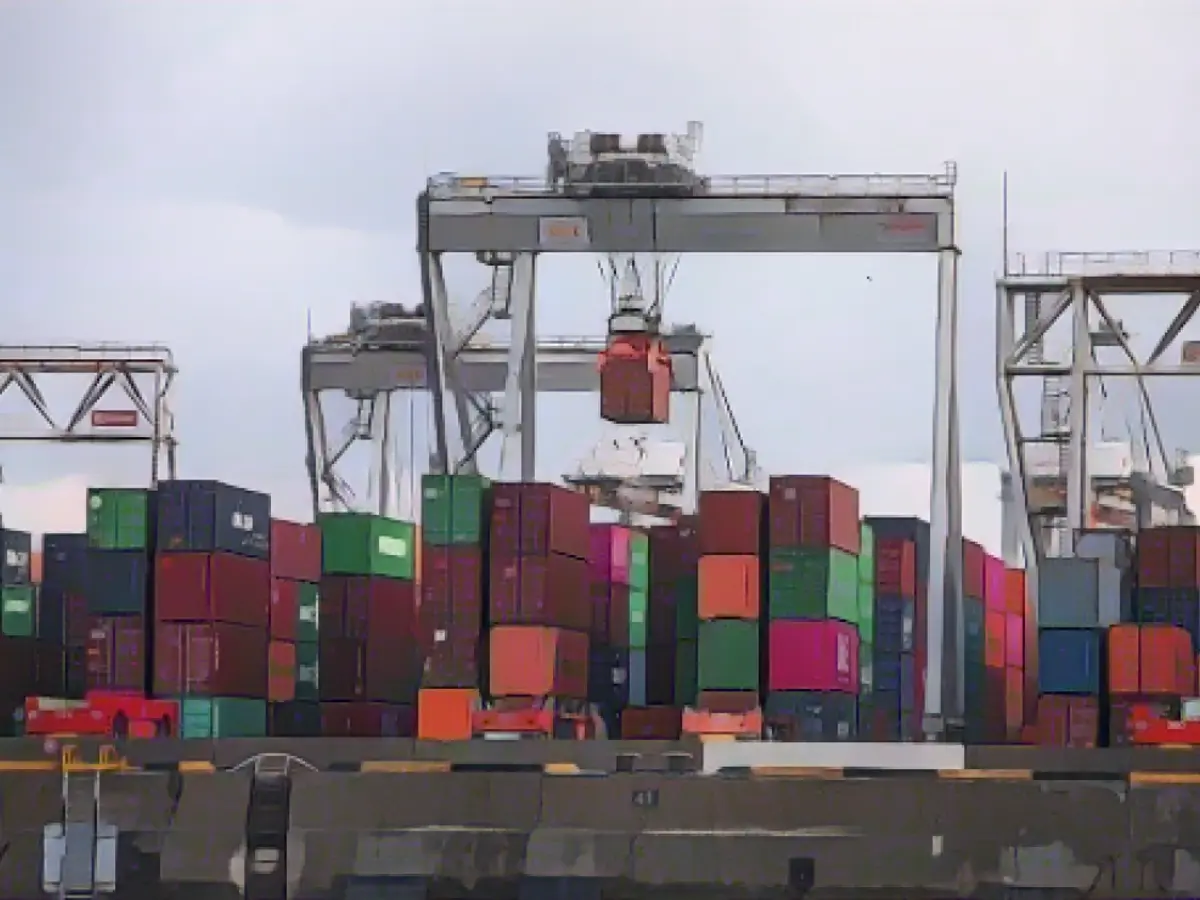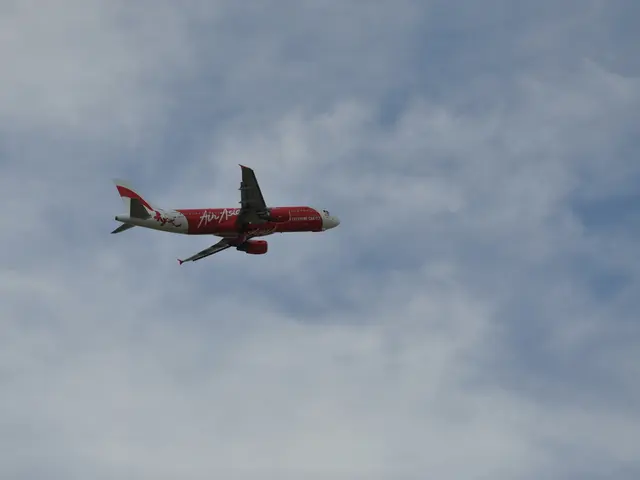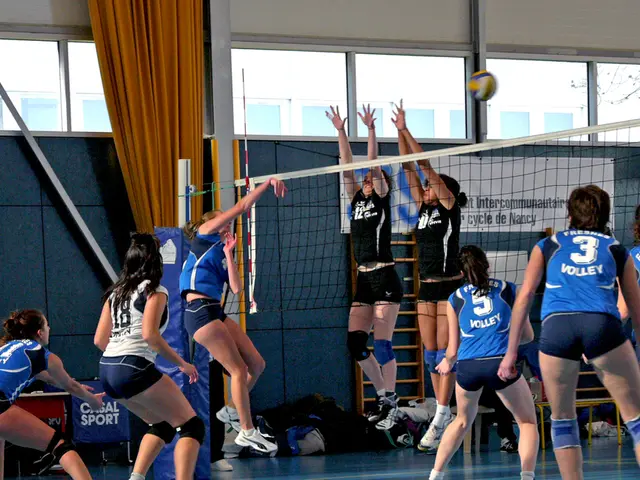Pandemic-Fueled Container Crisis: Shipping and Beyond
When Lavolio, the premium gift box company, learned that their custom-made containers filled with fruits, nuts, and jellies were delayed due to a shipping container crisis, founder Hunter expressed shock. The company, which usually pays between $1,500 to $2,000 for a container lease, had to shell out over $10,000 for a single container — an anomaly prior to the crisis.
The Prominent Role of Containers
The worldwide shipping sector remains in a state of crisis, with anticipated delivery delays during the holiday season threatening to exacerbate the situation. An examination of the container market reveals that this situation may persist for an extended duration as normalcy is unlikely to return soon.
Pre-pandemic, businesses could easily rent affordable 20 or 40-foot containers to send low-cost goods. Containers have a typical lifespan of around 15 years before they undergo recycling for cost-effective storage or construction purposes. However, the ongoing pandemic has led to an unprecedented surplus of empty containers scattered across Europe and North America. This has resulted in an increase in the demand for new containers, coupled with an unexpected spike in consumer demand.
Data from the shipping industry indicates that in January 2021, companies paid at least $1,920 for booking a 40-foot steel container on a standard route between China and Europe. Currently, companies pay over $14,000, a surge of over 600%. Similarly, container purchase costs have almost doubled.
The Impact on Businesses
Large retailers like IKEA have resorted to buying their own shipping containers to mitigate certain logistical problems. Smaller players, though, like sweet goods manufacturer Lavolio, face the difficulty of adjusting their expansion plans and potentially upping their prices to offset the increased costs.
While challenges persist, companies are devising creative solutions to get around the container scarcity. For instance, IKEA acquired containers to address its shipping needs, with smaller companies, like Lavolio, potentially considering lesser expansion or higher prices to cushion their losses.

Global Container Turmoil
The overwhelming demand for goods has pushed supply chains to their limits. Computer chips, fast-food items, and even smartphones are affected by this sprawling crisis.
Containers have played an integral role in this turmoil, as the initial suspension of voyages by major shipping lines led to delayed pickups of empty containers. With China's export industry resuming production and the global appetite for consumer goods surging, the pool of empty containers will initially be depleted, causing further delays and bottlenecks in the supply chain.
Haven bottlenecks, exacerbated by COVID-19 restrictions on operations and labor shortages, continue to plague the sector, while shipping costs increase.
In Rotterdam, Europe's largest port, temporary storage solutions had to be implemented to accommodate the influx of idle ships. Emile Hoogsteden, the vice president of commercial affairs at Rotterdam's port, stressed that one of the issues was that a significant portion of products returning to Europe were of lower quality, like recycled paper and scrap metals, making these freight shipments less economically scrutinized.
Unresolved Container Challenges
Another challenge is the dwelling time of containers in circulation. Foreign cargo coming back from Europe often languishes in storage, causing further delays and adding to the need for additional containers to keep pace with distribution.
Rolf Habben Jansen, Hapag-Lloyd's CEO, shared that, on average, the industry needs more containers to transport the same volume of goods due to the delays, with the requirement being 15 to 20% more boxes. This issue is worsened by port and labor shortages, coupled with the ongoing conflict in certain regions, like Ukraine and Yemen, making it challenging to resolve smoothly.

Soaring Container Costs
The acute shortage of containers has contributed to skyrocketing costs. John Fossey, director for container equipment and leasing for Drewry, pointed out that companies paid $1,920 for a 40-foot steel container on a standard route between China and Europe a year ago. Now, companies pay more than $14,000, while container purchase costs have nearly doubled.
Market Opportunities and Investments
Despite the high costs, container investing offers attractive returns for investors. Leasing agreements can balance out increased upfront costs, while sellers can profit from the booming market. In addition, the ongoing demand for containers has made them a popular investment choice, with lower-interest rates encouraging more investors to explore the sector.
For businesses that require containers on a short-term basis, however, the situation remains a significant challenge, as the cost of lease agreements soars. Even container purchases on the secondary market have seen steep price increases, with companies like Spice Kitchen in Liverpool, England, paying triple the usual cost for empty container storage space.
No End in Sight
Experts in the container industry express insecurity about when prices may stabilize, with uncertainty swirling around the market. Rolf Habben Jansen, the CEO of Hapag-Lloyd, one of the world's largest container shipping companies, speculated that the market recovery could come in the Chinese New Year in February 2022, as factory shutdowns slow the pace of exports.
However, retail analyst Gene Seroka, the CEO of Los Angeles's largest port, highlighted that the situation may persist until 2023 due to the resilience of the global trade network. As a result, companies like Lavolio and Spice Kitchen face a tense situation as they weigh the pros and cons of increasing prices to cover their rising costs.
These container-related challenges are poised to persist, causing widespread difficulties for various industries and supply chains worldwide.
Source:
Enrichment Data:
The ongoing COVID-19 pandemic has exacerbated logistical challenges in the global container shipping industry, leading to soaring costs and supply chain disruptions. Numerous factors have contributed to this crisis, including:
- Surging Demand: The pandemic has led to an unexpected surge in consumer demand, further straining the already limited number of containers available. The rising demand for goods, from consumer electronics to apparel, has led to a bottleneck in the global supply chain.
- Reduced Service Liability: Amid the pandemic-related chaos, shipping lines have reduced service liability, impacting the reliability and efficiency of their operations. This move has led to delivery delays, misplacements, and extended transportation times, adding to the overall difficulties.
- Labor Shortages: Lockdowns and border closures have disrupted port operations, either due to intermittent closures or an imbalance in the workforce. As a result, shipping companies struggle to maintain normal operational capacity, leading to container shortages.
- Port Congestion: The increased volume of goods has led to port congestion, causing container transportation to be delayed further. Aside from the backflow of partly used containers and the resulting space constraints, the absence of adequate labor and machinery have exacerbated the issue.
- Geopolitical Conflicts: Ongoing geopolitical conflicts, such as the Russia-Ukraine conflict and civil war in Yemen, have disrupted trade routes and container shipping. As a result, the container crisis has been exacerbated by natural and man-made calamities, making it difficult to resolve the challenges.
- Container Price Index: As a result of these factors, the Container Trades Statistics (CTS) average global container price index has reached record highs, indicating a significant increase in shipping costs. By charging exorbitant prices to customers, shipping lines are effectively communicating the pressure on their supply chains and the overall impact of the global container crisis.
These incidents illustrate the challenges faced by businesses looking to navigate this complex situation in the container shipping industry. As the global economy continues to recover from the pandemic, shipping companies and their customers must find ways to adapt and mitigate the impacts of the container crisis.








